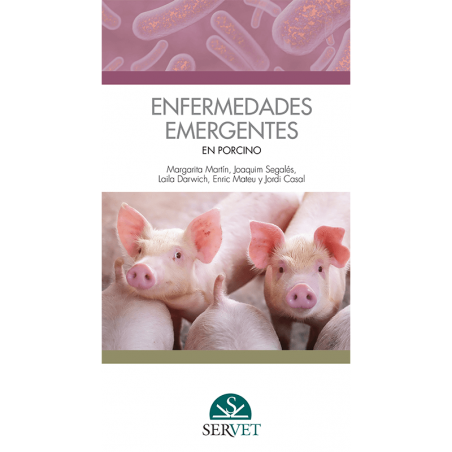Objective: To estimate the prevalence of Brachyspira hyodysenteriae (B hyo) in breeding animals, lactating sows, and their suckling offspring in swine dysentery- (SD-) positive herds.
Materials and methods: Study 1: lactating sows and suckling piglets. Rectal swabs were collected eight times at 1- to 4-week intervals from an SD-positive breed-to-wean farm. At each sampling, rectal swabs were collected from 60 “sets” of animals (individual swabs from a sow and three suckling piglets). Piglet samples were tested as a litter. Samples were tested by Brachyspira species culture and confirmed by culture-based polymerase chain reaction (PCR). Study 2: breeding herds. Five SD-positive sow farms, varying in size, were selected for evaluation of breeding-herd prevalence of B hyo. Rectal swabs were collected once per farm from 150 randomly selected sows. Samples were tested by Brachyspira species culture and confirmed by culture-based PCR.

Results: Study 1: lactating sows and suckling piglets. The percentage of sows on a farm that were positive for B hyo ranged from 0% to 5%, with an overall prevalence of 1.04%. The percentage of litters culture-positive and PCR-positive for B hyo ranged from 0% to 5%, with an overall prevalence of 1.88%. Study 2: breeding herds. The percentage of sows positive for B hyo ranged from 0% to 1.33%. Only three of the five farms tested positive.
Implications: Sampling breeding herds and suckling-age piglets could serve as a valuable alternative to traditional surveillance schemes. Understanding the prevalence of SD on endemically infected sow farms could enhance current surveillance programs.
Duff JW, Pittman JS, Hammer JM, et al. Prevalence of Brachyspira hyodysenteriae in sows and suckling piglets. J Swine Health Prod. 2014;22(2):71–77.




